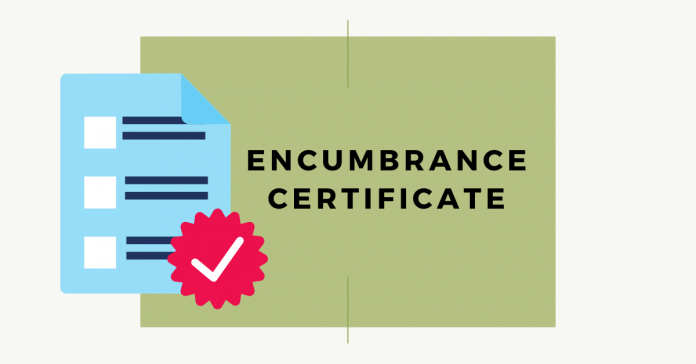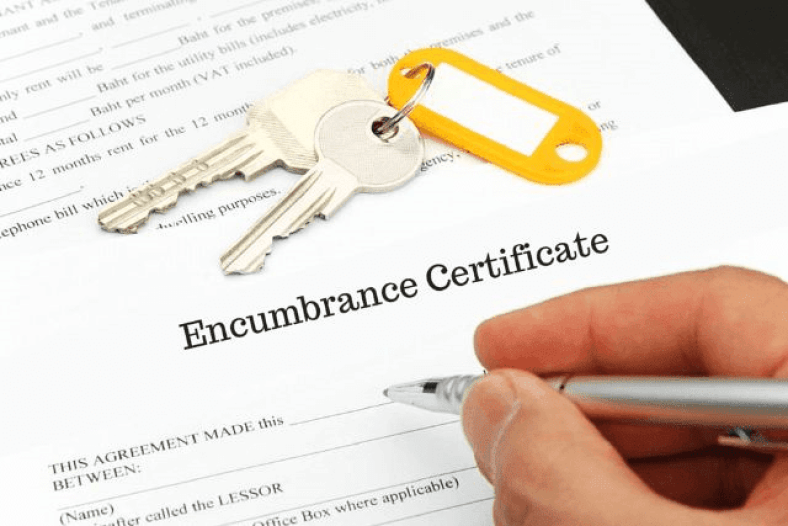Before engaging in any property transaction, it's crucial to ensure that the property is free from any financial or legal encumbrances. One of the key documents for verifying this is the Encumbrance Certificate (EC). This legal document certifies the absence of any bindings on the property and provides vital information about its transaction history. Let's delve into the significance of ECs, their contents, application process, and other pertinent details.
What is an Encumbrance Certificate?
An encumbrance certificate is a legal document issued by the sub-registrar's office that provides comprehensive information about a property's title and any encumbrances or liabilities associated with it. It serves as a critical document for buyers, sellers, and financial institutions involved in property transactions, offering transparency and assurance regarding the property's ownership and financial status.
Types of Encumbrance Certificates:
Encumbrance certificates are typically classified into two types:
- Form 15: Issued when there are encumbrances registered against the property during the specified period. This includes details of mortgages, transfers of ownership, legal claims, or any other liabilities.
- Form 16: Issued when there are no encumbrances registered against the property during the specified period, indicating a clear title. Form 16 provides assurance to buyers that the property is free from any legal or financial burdens.

Importance of Encumbrance Certificates:
Encumbrance certificates play a pivotal role in property transactions due to the following reasons:
- Verification of Property Title: ECs verify the property's ownership status and ensure that the seller has the legal authority to transfer the property.
- Identification of Liabilities: By examining the EC, buyers can identify any outstanding debts, mortgages, or legal disputes associated with the property, mitigating the risk of unforeseen liabilities.
- Protection of Buyer's Interests: Obtaining an EC is crucial for buyers as it safeguards their interests and ensures a transparent and legally compliant transaction.
Contents of an Encumbrance Certificate:
An encumbrance certificate typically contains detailed information about the property's title and any encumbrances registered against it. Key contents include:
- Details of property ownership, including the names of current and previous owners.
- Records of transfers of ownership, mortgages, leases, or any other encumbrances.
- Information on legal claims or disputes related to the property, if any.
Who Issues Encumbrance Certificates?
Encumbrance certificates are issued by the sub-registrar's office in the jurisdiction where the property is located. These offices maintain comprehensive records of property transactions and encumbrances and issue ECs upon request from interested parties.
Documents Required to Apply for an Encumbrance Certificate:
To apply for an encumbrance certificate, applicants are typically required to submit the following documents:
- Address and identity proofs, such as Aadhaar card, voter ID, or driving license.
- Details of the property, including its address, survey number, and other relevant information.
- Copy of the sale deed or any other documents establishing ownership.
- Purpose of application and the period for which the EC is sought.
- Copy of power of attorney, if applicable.

Application Process:
The process of obtaining an encumbrance certificate may vary depending on the state or region. However, it generally involves the following steps:
- Online Application: In states offering online services, applicants can fill out application forms and submit required documents through dedicated portals.
- Offline Application: In regions where online services are not available, applicants must visit the sub-registrar's office, submit the application form, and pay the prescribed fee.
Fee Structure:
The fee for obtaining an encumbrance certificate varies by state and the period for which the certificate is sought. Accepted payment methods may include debit/credit cards, e-wallets, or internet banking.
Processing Time:
The processing time for encumbrance certificates varies depending on the state and the mode of application. While offline applications may take 15 to 30 days for processing, online applications are typically processed within 6 to 7 days in states offering online services.
Validity Period:
Encumbrance certificates can be obtained for a specified period, which may range from 12 to 30 years, depending on the requirements of the applicant.
Important Points to Note:
- Issuance Time: ECs are typically issued within 6-30 days, depending on the state and application method.
- Validity Period: ECs are usually issued for 13 years but can be extended to 30 years upon request.
- Application Fee: The fee ranges from Rs. 150-200, depending on the state.
- Additional Verification: Apart from ECs, it's essential to verify other property documents to ensure a hassle-free purchase.
In conclusion, obtaining an encumbrance certificate is a fundamental step in the property buying process, ensuring transparency and legal compliance. By examining ECs, buyers can make informed decisions and safeguard their interests against any potential liabilities or disputes associated with the property. While ECs serve as a valuable tool, buyers should exercise due diligence and conduct thorough checks to mitigate risks and ensure a smooth and hassle-free transaction.
Cover image- askbanking.com









.png)